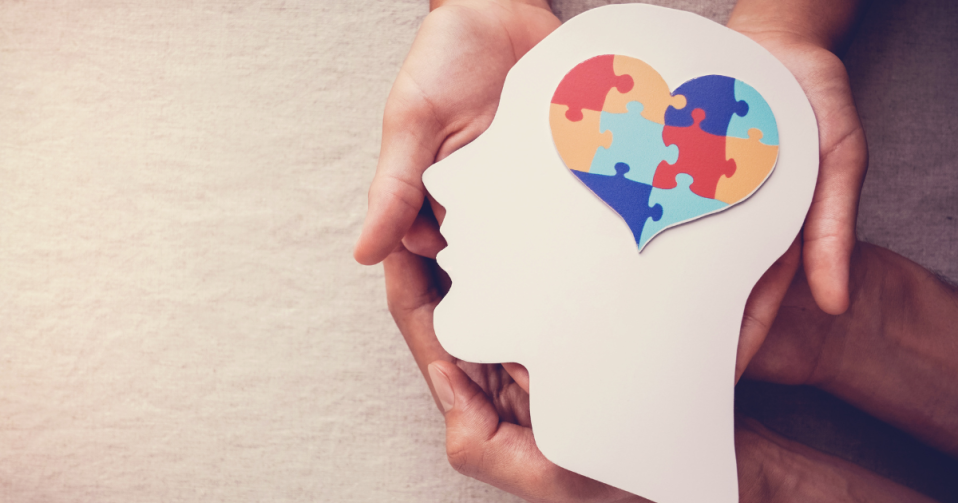I work as a mental health researcher. That means one of my favourite things to do is look stuff up on the internet. And the pandemic has given me plenty of things to look up: signs, symptoms, restrictions, rules, not to mention an array of unfamiliar terms like ‘social distancing’, ‘contact tracing’ and ‘PPE’.
It is all rather…. worrying. And not just for me. Save the Children found almost one in four children are dealing with feelings of anxiety and many are at risk of lasting psychological distress. They also reported that up to 65% of children are struggling with boredom and feelings of isolation.
For children who already have conditions like anxiety or depression, the impact is greater. Childline reported an increased demand for counselling sessions and Young Minds found 83% of children who had a history of mental health needs had mental health that became ‘a bit’ or ‘much’ worse because of the pandemic.
It is no wonder, really. Overnight, schools closed, normal routines changed, and children suddenly spent most of their time indoors, away from friends and extended family. On top of this, there was also the virus to worry about. For those unfortunate enough to experience someone close to them becoming ill or dying, it was more than a worry.
Even before the pandemic, at least 10% of children and young people had a mental health problem. That’s equivalent to three pupils in every classroom. Over the last five years referrals to specialist Child and Adolescent Mental Health services have increased 26%. This means it is harder to access services, even for young people who have self-harmed or attempted suicide.
There is no way of knowing the long-term effects of the epidemic on children. Some may stay resilient, but it could impair the development of others. This is especially true of children who are already more vulnerable because of living in poverty or having stressful family circumstances.
If services were struggling before this happened, who knows how they might deal with a further increase in demand? It is crucial there are appropriate mental health services in place for children both during and after the pandemic, and despite the economic repercussions expected from the coronavirus, governments should invest in mental health resources.
We can help our children through this time though, talking to them about how they are feeling is one way. You don’t need to know everything, just being there and being reassuring can help. Trying to keep to some kind of schedule can also be helpful, keeping a consistent routine can give the structure that helps children feel safe. Getting outside and going to the park has become a major part of our day, or if we cannot, keeping ourselves active indoors – spontaneous dance parties are a personal favourite!
I also love books, they are a brilliant way to help; research shows that children who read with someone feel calmer and happier. During the pandemic and beyond they can be a superb way to start conversations about tough subjects or emotions that children might be feeling.
Stories also have the power to transport you into unknown worlds or other people’s lives. This can be helpful in letting children switch off from any stress and worry they might be experiencing. Even without the mental health benefits, it teaches children about the world around them and helps them develop imagination and empathy – and who wouldn’t want that?
Ruth Spence is a mental health researcher in psychology based in south east London. She is currently trying to write fiction and get a picture book for children who are depressed: Charlie & The Black Dog published. You can follow her on twitter @Roothes.




